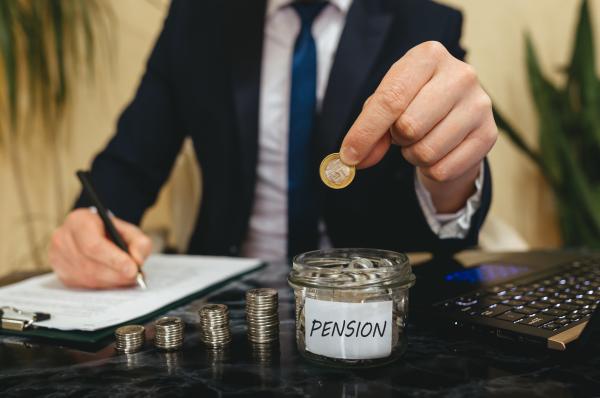
Employees can contribute to their pension schemes by making personal contributions directly to a pension provider or through their workplace pension scheme. Depending on how the contribution is made, some individuals may have extra tax relief to claim. HMRC has recently changed how relief claims are made, so you may want to make sure your employees are aware of the new rules.
Who can claim extra tax relief on pension contributions?
Taxpayers who pay higher or additional rate tax, may be eligible for further tax relief if they make a personal contribution to a pension, or their employer’s scheme uses the relief at source method of tax relief (explained below). This is because they will only get basic rate tax relief on the initial contribution.
For example, if a higher rate taxpayer wants to put £1,000 into their personal pension, they only need to put in £800 as the pension scheme will claim basic rate relief of £200 from HMRC. But a higher rate taxpayer, for example, will have paid £400 of tax on income of £1,000 so they are due another £200 of tax relief. They need to reclaim this separately.
The relief is given by extending the basic rate band of the taxpayer by the gross amount of the contributions made. For instance, if the annual contributions of a higher rate taxpayer total £960 then the basic rate band would be extended by a grossed-up amount of £1,200 resulting in a potential tax refund of at least £240 depending on the highest rate of tax paid.
Scottish taxpayers at the intermediate tax rate (21%) may also have extra relief to claim, although the benefit may be small. For example, a £1,200 gross contribution would result in an extra £12 refund.
HMRC Change of Practice
Taxpayers who submit a tax return should continue to claim pension relief in their tax return. For taxpayers who do not submit a tax return, a new system applies, as set out below.
Before 1 September 2025, HMRC accepted relief claims for contributions under £10,000 without documentary evidence. These claims could be made by phone or letter with refunds issued directly or via PAYE code adjustments. Going forward all claims must be made by letter or using HMRC’s online service.
To claim tax relief on personal and workplace pension contributions, taxpayers need to know:
- their National Insurance number
- the type of pension
- the name of the pension provider
- the net amount of pension contributions for each tax year they are claiming for
- their payroll number or reference number
They need to upload or send proof for each tax year claimed for. This can be a letter or statement from the pension provider, or a payslip from employer. This proof must include:
- their full name
- details of the pension contributions paid and the tax year they relate to
- evidence that they received 20% tax relief automatically from their employer — if they are claiming for a workplace pension
With recent changes to HMRC’s claim process, individuals should ensure they have the correct documentation and follow the updated procedures. Employers can assist by providing copies of the evidence required.
Relief at Source method
There are three main methods for employees to receive tax relief on workplace pension contributions. Under the relief at source method, the employee’s pension contributions are made after tax and NICs have been deducted from their gross pay. Basic rate tax relief is then claimed by the pension scheme administrator on the amount paid to the pension fund on behalf of the employee.
For instance, if an employee wants to add £250 to their pension fund, their employer would need to take £200 from their after-tax pay and pay it into their pension fund. The scheme administrator would then claim an additional £50 from HMRC as basic rate tax relief, giving a total of £250 added to the fund. Intermediate, higher or additional rate taxpayers can claim additional tax relief as detailed above.
When are claims for extra relief not needed?
There are two types of scheme where an employee will get all the tax relief they are entitled to upfront – and will not need to make any further claims for tax relief.
Net Pay Arrangement
Pension contributions under this system are deducted from gross pay, before any tax and National Insurance Contributions (NICs) are calculated.
Because the employee has paid no tax on the pension contribution no further relief is available.
So, for example, if an employee wants to add £250 to their pension fund, their employer deducts £250 from their gross pay and transfers this to the workplace pension scheme.
Salary Sacrifice
This is similar to Net Pay Arrangements. The employee gives up the right to an amount of salary equal to the pension contribution they wish to make, and the employer makes an extra contribution to the pension scheme equal to this amount.
As with Net Pay Arrangements no further tax relief is due, as no tax has been paid on the salary sacrificed.
This article reflects the position at the date of publication shown above. If you are reading this at a later date you are advised to check that that position has not changed in the time since.
We regularly publish articles on a range of tax and wider topical issues which affect employers. If you wish to subscribe to our monthly Employer Focus e-newsletter, please contact us.















